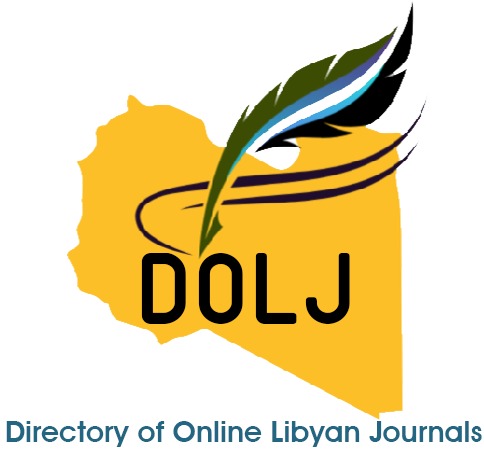A Study of Examiner Variability in Assessment of Preclinical Class II Amalgam Preparation Using Two Evaluation Methods
Abstract
Preclinical assessment is a useful strategy for promoting skill improvement in the clinical phase. It enables early intervention in the learning process and promotes effective use of training resources. The study aims to assess inter-examiner variability in class II cavity preparation performed by under-graduate dental students’ evaluations using different scoring methods. The study evaluated 20 under-graduate students performing two Class II amalgam preparations performed on plastic molar teeth. The preparations were evaluated by four blinded independent examiners using two methods viz., Modified Neelakantan method and objective checklist scoring method. Statistical analysis for inter and intra examiner variability was tested using Friedman test and Wilcoxon signed rank test, respectively. The Kruskal-Wallis H test was employed to analyze scoring system variability and examiner consistency. The results showed that, scoring method (I) tends to have higher ranks than scoring method (II), the findings suggest that both Scoring method I and Scoring method II are reliable and consistent tools for evaluating Class II cavity preparations, with good inter-examiner agreement and intra-examiner reliability. Conclusion: The most important conclusion of our study is that both scoring methods are reliable for evaluating. Class II cavity preparations, with minimal inter- and intra-examiner variability. This sug-gests that these scoring methods can be used with confidence in pre-clinical practice, as they provide a consistent and accurate way to assess the quality of Class II cavity preparations.
التقييم ما قبل السريري هو استراتيجية مفيدة لتعزيز تحسين المهارات في المرحلة السريرية. فهو يمكّن من التدخل المبكر في عملية التعلم ويعزز الاستخدام الفعال لموارد التدريب. تهدف الدراسة إلى تقييم التباين بين الفاحصين في تحضير تجويف الفئة الثانية الذي أجراه طلاب طب الأسنان الجامعيون باستخدام طرق تسجيل مختلفة. قيمت الدراسة 20 طالبًا جامعيًا يؤدون تحضيرين للملغم من الفئة الثانية تم إجراؤهما على ضروس بلاستيكية. تم تقييم الاستعدادات من قبل أربعة فاحصين مستقلين مكفوفين باستخدام طريقتين، وهما طريقة نيلاكانتان المعدلة وطريقة تسجيل القائمة المرجعية الموضوعية. تم اختبار التحليل الإحصائي للتباين بين الفاحصين وداخل الفاحص باستخدام اختبار فريدمان واختبار رتبة ويلكوكسون الموقعة على التوالي. تم استخدام اختبار كروسكال واليس إتش لتحليل تباين نظام التسجيل واتساق الفاحص. أظهرت النتائج أن طريقة التسجيل (I) تميل إلى الحصول على رتب أعلى من طريقة التسجيل (II)، وتشير النتائج إلى أن كل من طريقة التسجيل I وطريقة التسجيل II هي أدوات موثوقة ومتسقة لتقييم تحضيرات تجويف الفئة الثانية، مع وجود اتفاق جيد بين الفاحصين وموثوقية داخل الفاحص. الاستنتاج: الاستنتاج الأكثر أهمية لدراستنا هو أن كلتا طريقتي التسجيل موثوقتان لتقييم تحضيرات تجويف الفئة الثانية، مع وجود حد أدنى من التباين بين الفاحصين وداخل الفاحصين. يشير هذا إلى أنه يمكن استخدام طرق التسجيل هذه بثقة في الممارسة السريرية المسبقة، لأنها توفر طريقة متسقة ودقيقة لتقييم جودة تحضيرات تجويف الفئة الثانية











